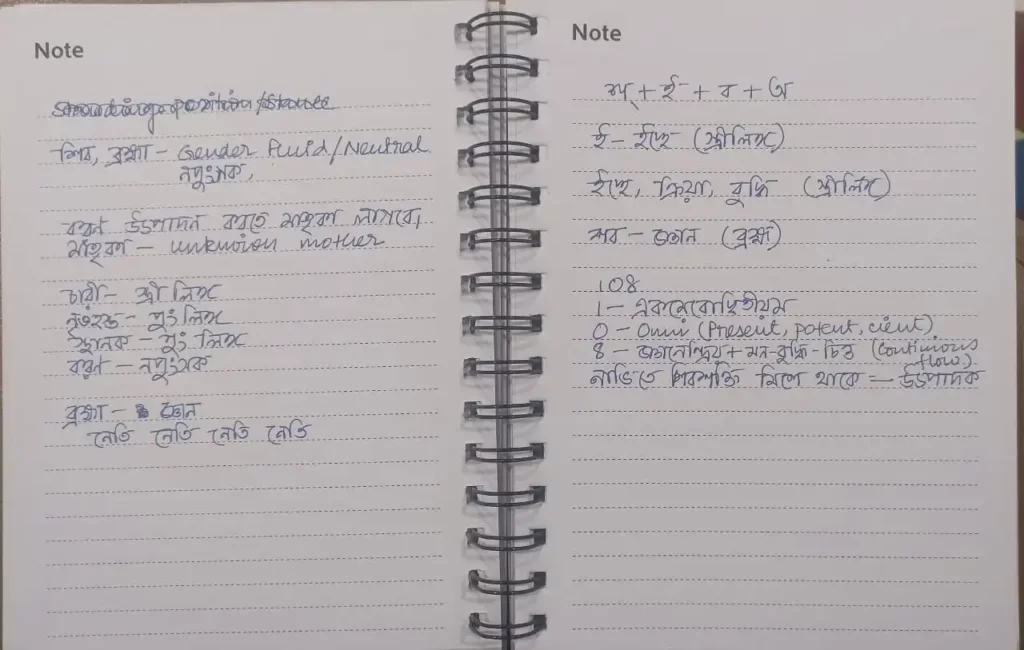In Piyal Bhattacharya’s workshop a space was created for me to enter, understand, re-view and reflect.
Over the years with sound training in different classical disciplines Piyal Bhattacharya, delved deep into Natya Shastra and Indian philosophy and with deep study, research, analysis and examination, contributed to the Shastras and made it his OWN.
The workshop module was about re imagining a section from his production Rasabalabuddhi and I was eager to enter a scholar’s world and know about his approach and creative process.
Natya Shastra or any classical tradition is not about rigidity. It should not be felt as a burden but as a gift and this particular point came out several times in course of our discussion during the workshop.
We discussed about Guru Parampara, Shaili (style), Gharanas, lineage and then how social, political economic conditions influence arts in general.
On the second day we mainly focused on Body and its relation to space and time. What is empirical space? What does transcendental space and time mean? What is pervasive space, what is limited space — all these in relation to Dik ,Desh and Kaal. There were improvisations in this context… body and its surrounding space… the flow of energy within the body and by altering it how the space changes and reverberates… How does one inhabit a space?
The terms ISHWAR and KARTA in the above context as used in Natya Shastra was very interesting.
The different connotations of time and space… About Gyan, Pragyan and Bigyan to the Bindu and its classification were also a part of our discussion. What is Bhavanukirtana, what is Gyan, what is Aachar and Bichar and what are the different kinds of knowledge – its division ( smriti, anubhav and pratyavigyan) and sub division were very lucidly explained by the master giving us ample space to think and question.
With the technical terms sabdaparak and arthaparak and sabdibhavna and arthibhavna – one can go on mulling over it for hours.
We talked and discussed about Jati, Symbol (chinno) Effort (Chesta) and Aakar. Also the technical terms like Paksha, Shaddho and Hetu while discussing about inference.
In between all these discussions we had a very interesting exercise on Rasabalabuddhi and what emerges out of the permutation and combinations of these three terms.
What shifts occur while you inhabit a space or a character or a story… how does it shape you as a person and also as a dancer… what happens when you come back to the person you are…
How involved you are in that present moment?
The discussion on karana as catalyst and Piyal’s explanation of ‘108’ was again very intriguing for me. And from karana as utpadak which is a gender fluid word to knowing the terms Matrika, Chari, Nittahasta and Sthanaka to what is Bramhagyan and shivashakti..
All these and much more became quite overwhelming for me in those four days until all our discussions came alive through an improvisation on the last day at Piyal Bhattacharya’s Chidakash .
It was also about claiming that particular Space with your body and your being. The objects that inhabited that space, its pulse and vibrations and the response from my co participants… A beautiful, raw unfinished something emerged which I will not be able to articulate through words.
Tradition comes as a gift to us. It is a responsibility. One needs to be alert and careful as how one wants to deal with it. There is so much to study, to understand, to look at and interpret. Also there is much more to edit and reject.
যা আহরণ করলাম, যে ভাবে করলাম এবং যা দিয়ে করলাম ও শেষদিনে যা অনুভব করলাম সেটাই আমার কাছে রসবলবুদ্ধি।এটা জানা হলো, কিন্তু পুরো শেখা হয়ে ওঠেনা কোনো দিনই।

